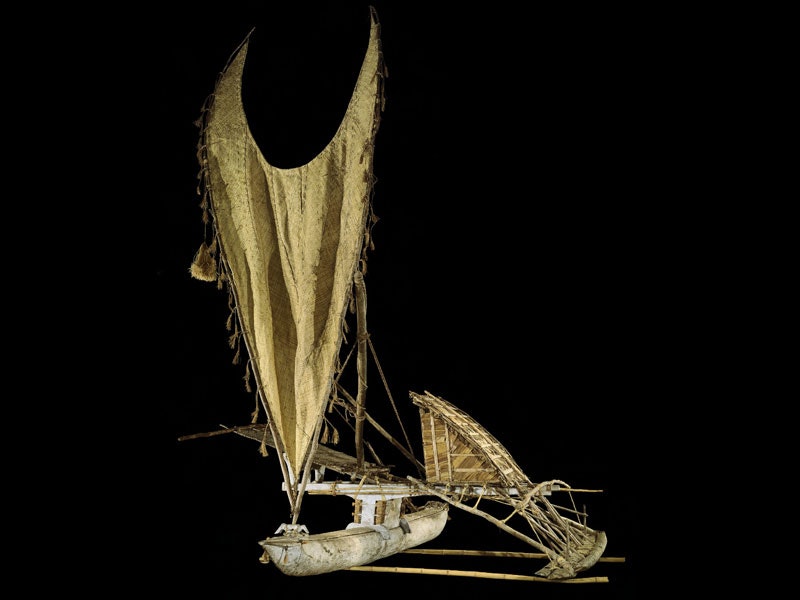
Voyagers: Discovering the Pacific
Voyagers: discovering the Pacific, was an exhibition that opened at Te Papa in 2002. Read articles and browse collection objects related to voyaging in the Pacific.
Free museum entry for New Zealanders and people living in New Zealand
Open every day 10am-6pm
(except Christmas Day)
Free museum entry for New Zealanders and people living in New Zealand
The history of the discovery of Aotearoa New Zealand goes back a millennium and contains the stories of many fine explorers, from Kupe to Cook.
Pacific tūpuna of Māori first journeyed to this whenua 800–900 years ago. Following this were toro by two notable Europeans: some 400 years later, in 1642, when Abel Tasman became the first European to visit our shores, and then, in 1769, when Captain James Cook and his Endeavour landed near what is now known as Gisborne. These encounters have fuelled conflicting and complicated histories.
Here, explore Pacific exploration and European colonisation through our taonga, kōrero, and events.

Voyagers: discovering the Pacific, was an exhibition that opened at Te Papa in 2002. Read articles and browse collection objects related to voyaging in the Pacific.
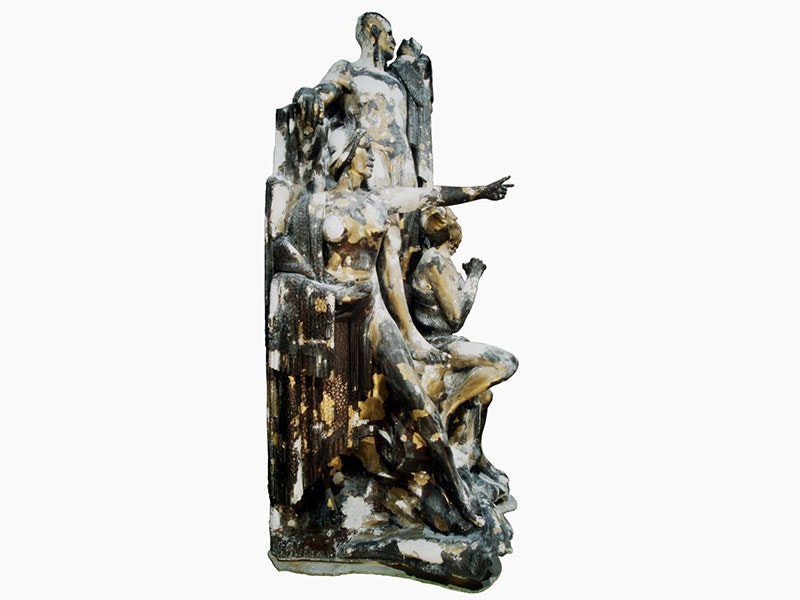
Kupe is an important ancestor to the Māori people, and in many but not all iwi narratives he is accredited with being the first Polynesian to discover the islands of Aotearoa New Zealand.
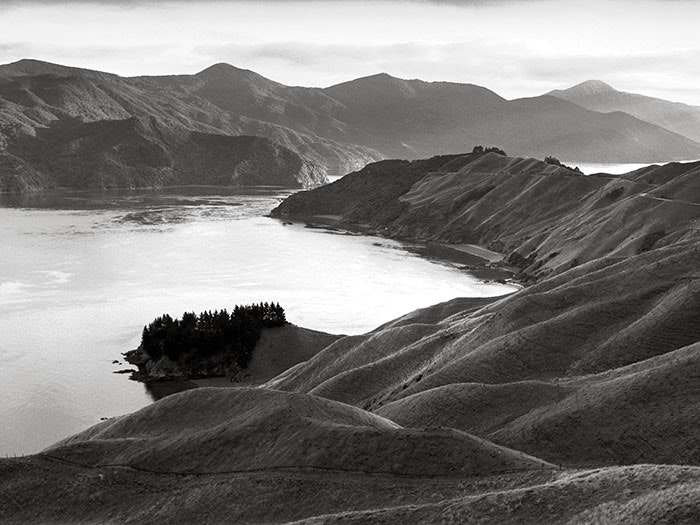
A thousand years ago, the great voyager Kupe made an epic journey from the eastern Pacific across the ocean to a new land. Learn about the stories of his arrival in Aotearoa.
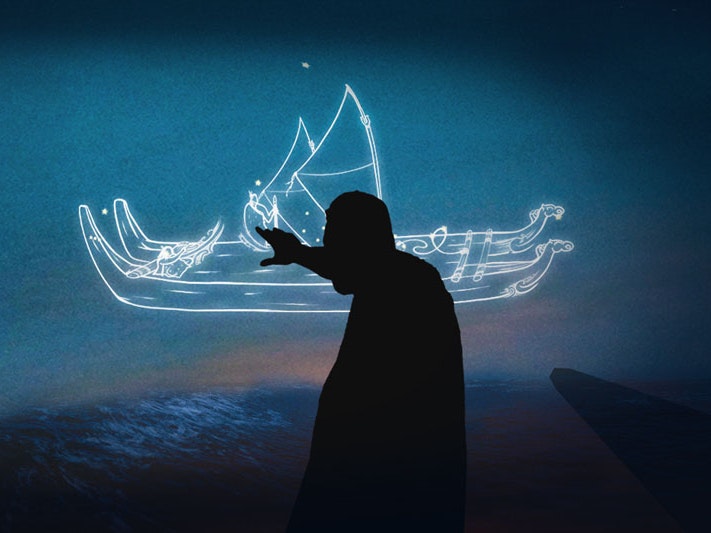
The navigation of the Pacific by waka hourua | double-hulled sailing waka is one of the great achievements of human technology. This exhibition celebrates the mātauranga of celestial navigation that enabled these extraordinary voyages.
On now
Permanent exhibition
Exhibition Ngā whakaaturanga
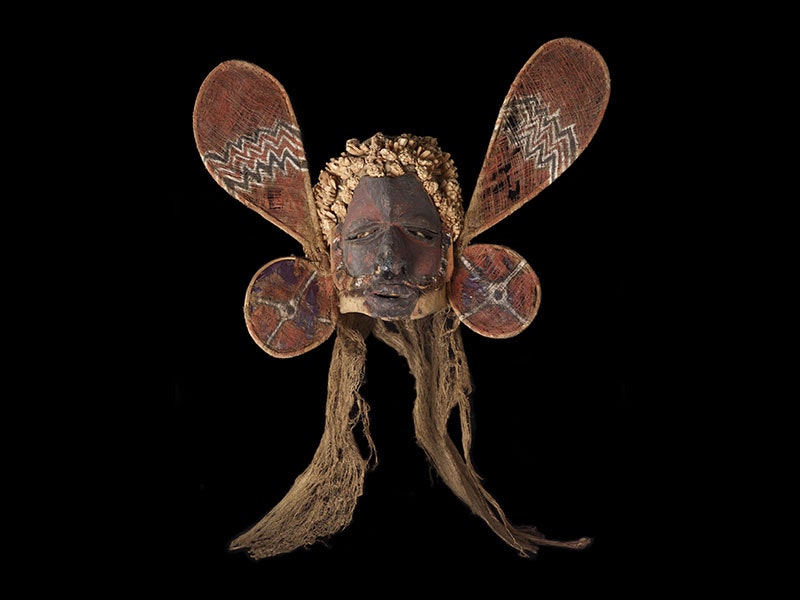
Explore the early encounters between Pacific and European peoples in Oceania – some of them marked by curiosity and cooperation, others by confusion and conflict.

Abel Tasman was an experienced and highly skilled explorer, and was the first known European to sight New Zealand. He was also a controversial and colourful character who led an exciting and eventful life.
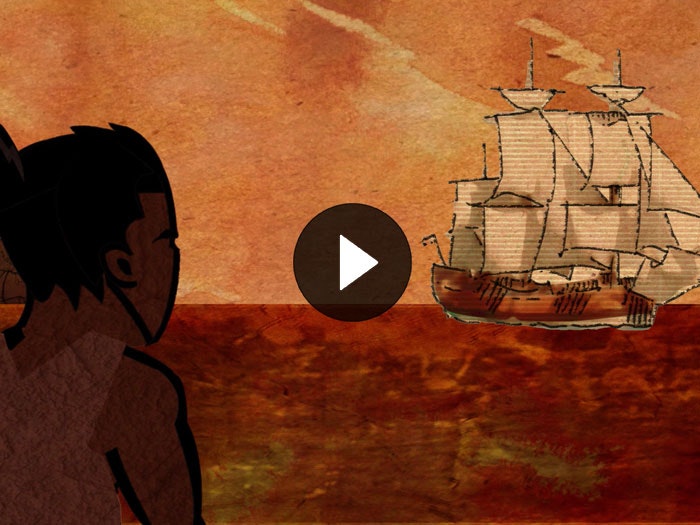
English explorer James Cook’s visit to Tūranga is marked by suspicion, violence, and misunderstanding. Endeavour crew kill four Tūranga people. Nobody is held to account for the deaths.

Captain James Cook was one of the mappers of the global village. His voyages into the Pacific and the charting of his travels helped create a picture that showed people the extent of the world they lived in.
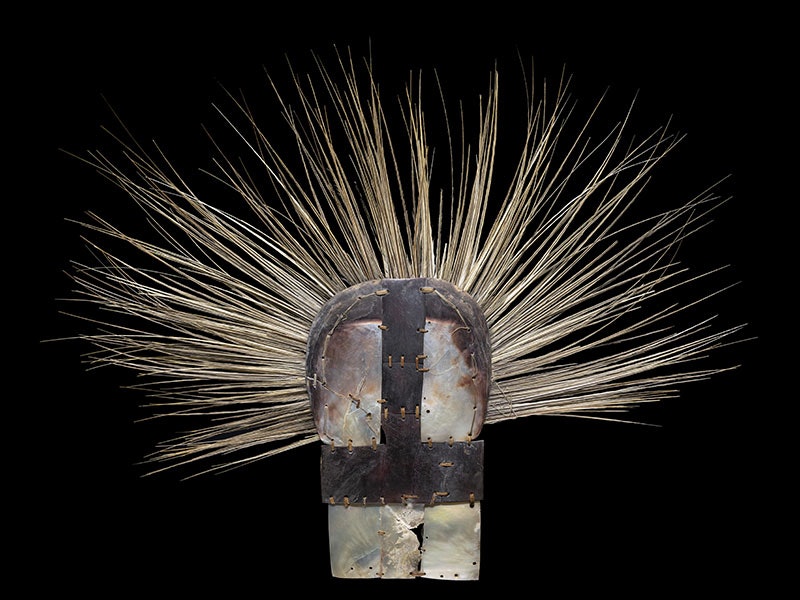
It’s believed this mourning costume from the Society Islands was one of at least ten brought back from Cook’s second voyage.
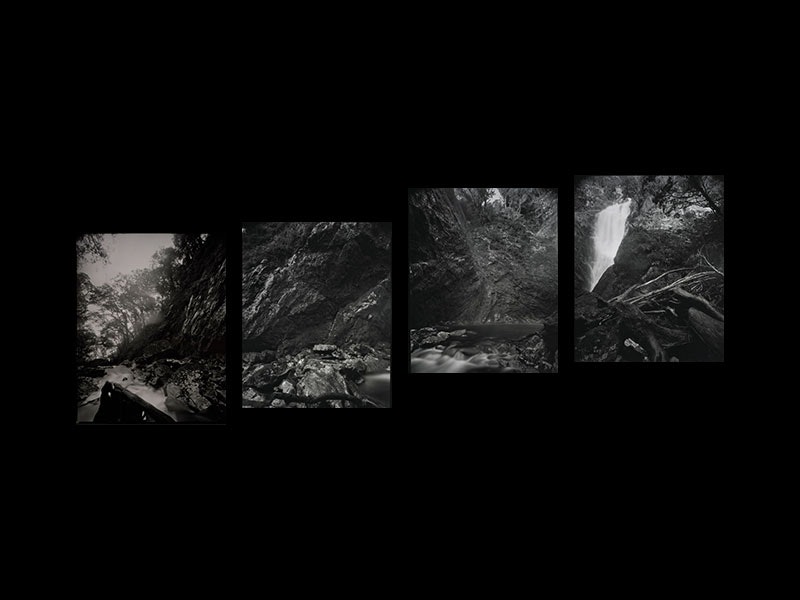
A series of photographs by Mark Adams depicting Cascade Bay, based on a painting by William Hodges.
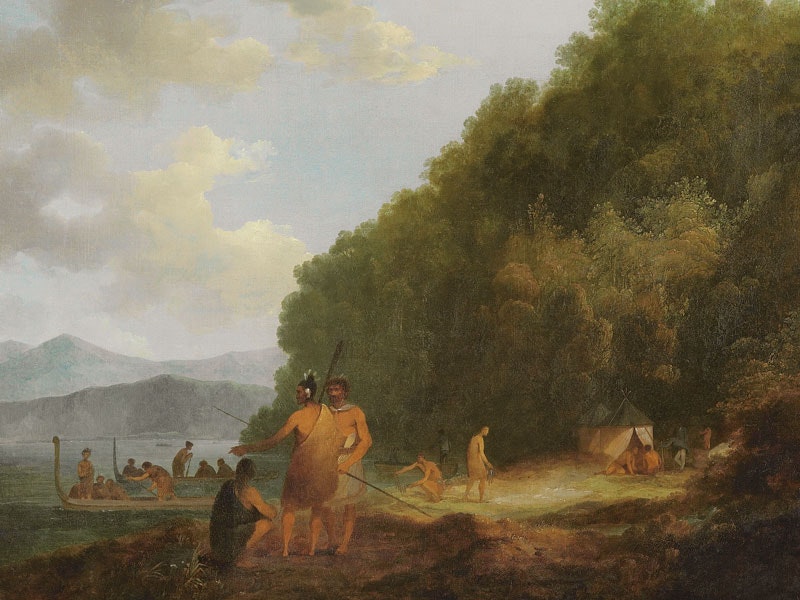
A placid picture of Māori trading with British sailors hides a more troubled reality.
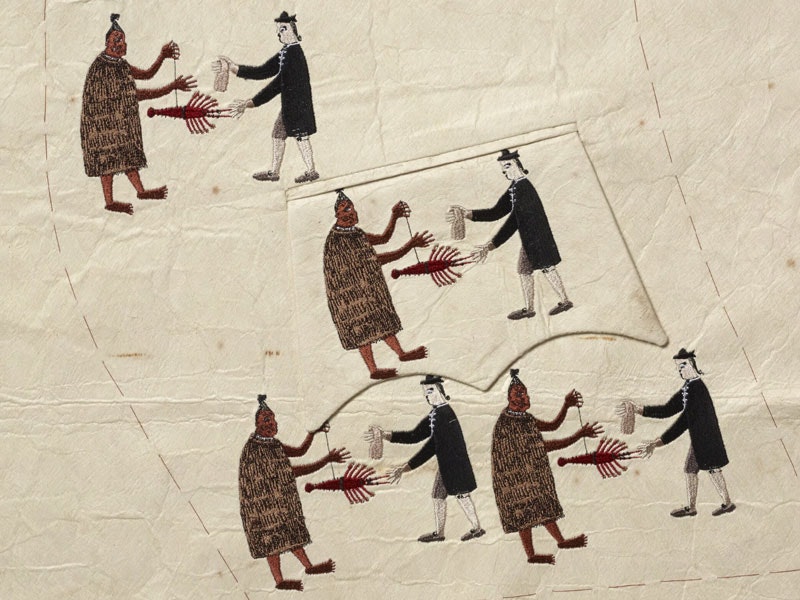
Tupaia, was a priest and navigator from Ra‘iatea in the Society Islands. He and his servant Taiato joined the expedition of British explorer Captain James Cook when he visited Tahiti in 1769.
![William Hodges, Waterfall in Dusky Bay with Maori canoe [crop], 1775, oil on panel. Purchased 2019 with partial funding by the Lottery Grants Board from the Tuia – Encounters 250 fund. Te Papa Painting of a small boat on the water with snow-capped mountains in the background](/assets/76067/1693362306-dusky-sound-tepapa-800x600.jpg?ar=1.3333333333&fit=crop&auto=format)
An extremely rare painting by William Hodges, an English painter on Captain Cook’s second voyage to the Pacific from 1772-75. It depicts a scene in Dusky Sound, Tamatea, where Cook first made landfall in New Zealand.
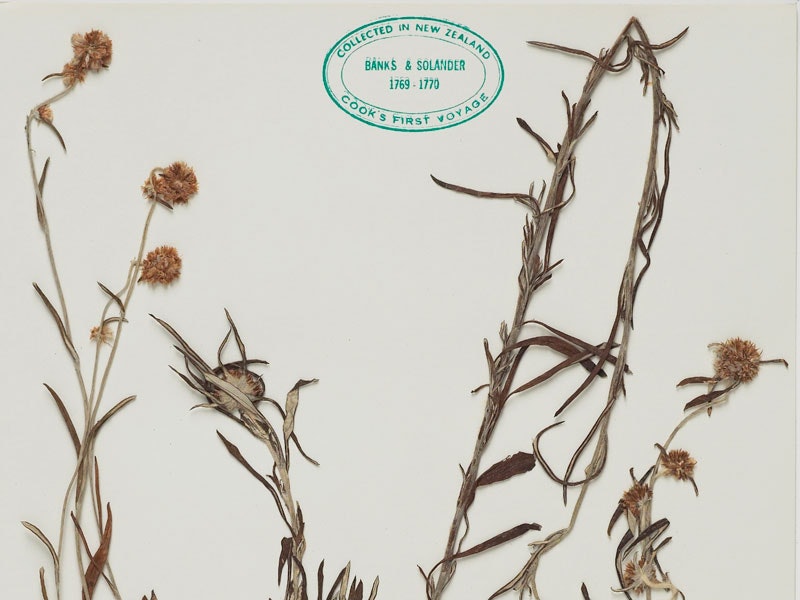
Te Papa has a duplicate set of more than 500 specimens collected by Joseph Banks and Daniel Solander during Captain Cook’s first expedition to New Zealand in 1769–1770.

Joseph Banks’ collection of coloured botanical engravings was painstakingly printed in a limited edition of 110 sets, titled Banks’ Florilegium.
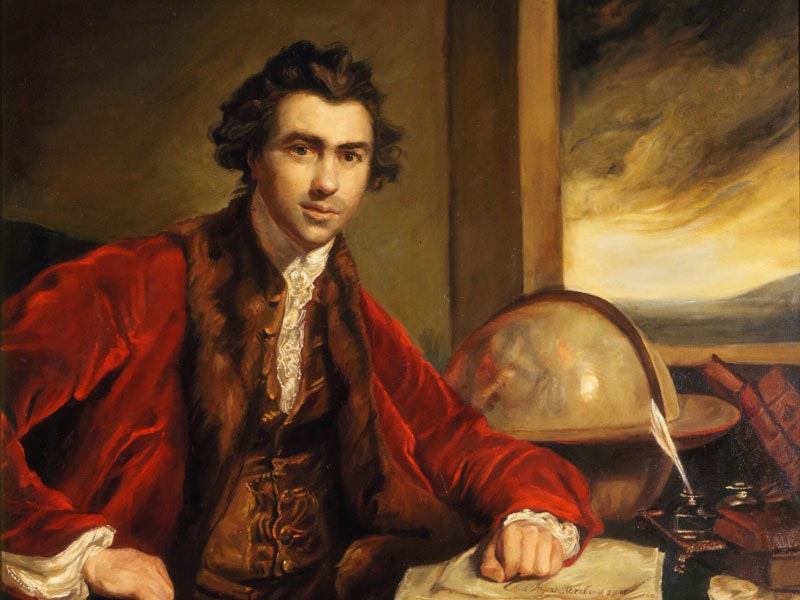
‘Not only was Banks a 'can-do' sort of person – he also had the personal wealth to back it up.’ Read about the life of botanist and Endeavour crew member Joseph Banks.
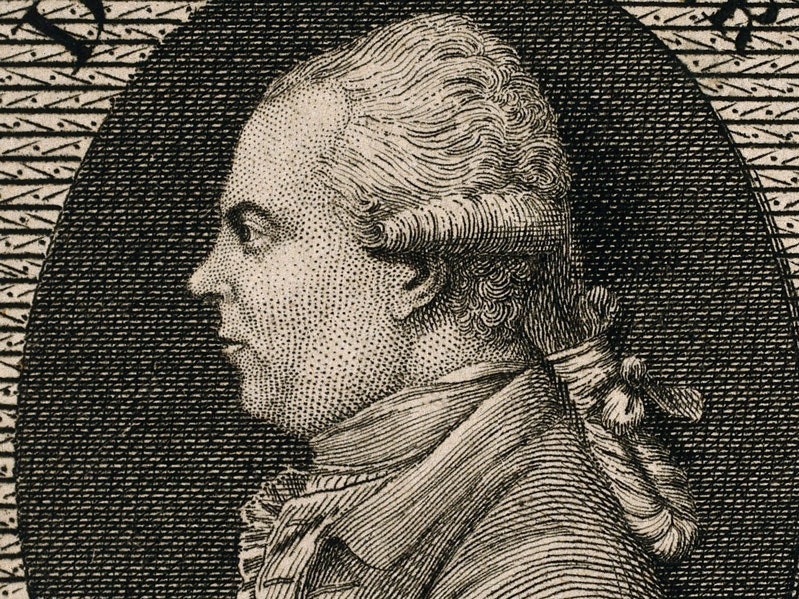
‘Solander has become famous chiefly for his field observations and records of the plants of the south Pacific and Australia and New Zealand.’ Read about the life of botanist and Endeavour crew member Daniel Solander.
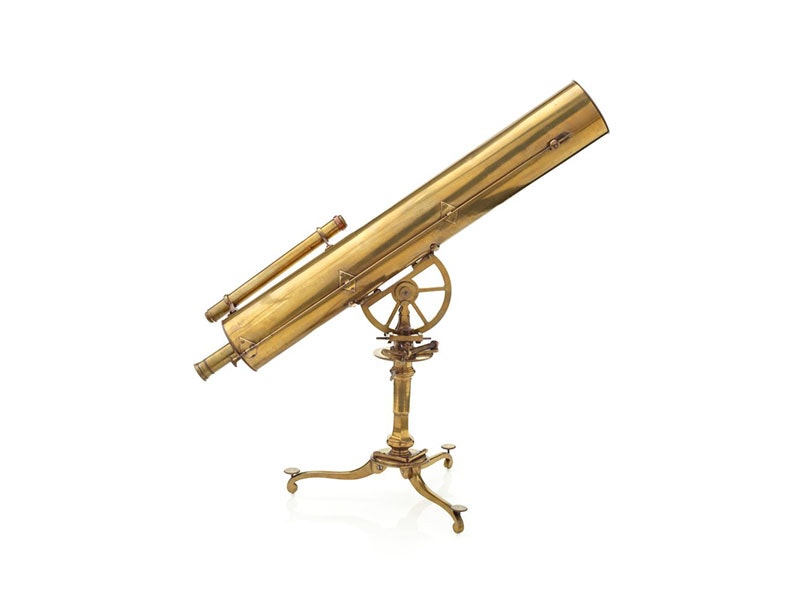
This brass astronomical telescope is a Gregorian reflector type, made by Heath and Wing of London in about 1765.
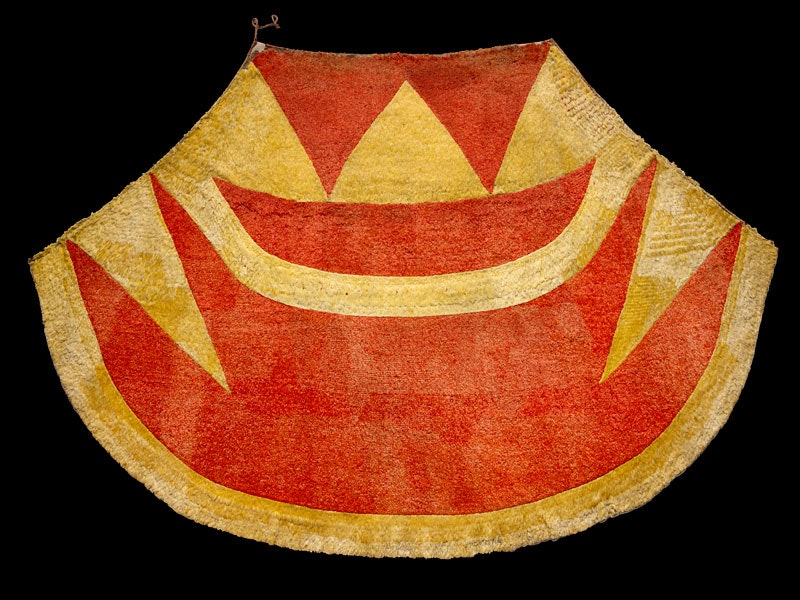
On 26 January 1779, the Hawaiian high chief Kalani‘ōpu‘u took this cloak, which he was wearing, and draped it over the shoulders of the English explorer Captain James Cook. It was donated to the Dominion Museum in 1912 and in July 2020, it returned home to Hawai‘i.
![John Webber, Poedua [Poetua], daughter of Oreo, chief of Ulaietea, one of the Society Isles, 1785. Te Papa (2010-0029-1) =""](/assets/76067/1695935077-ma_i272686-800x600.jpg?ar=1.3333333333&fit=crop&auto=format)
A portrait of a Pacific princess conceals an early clash of cultures.
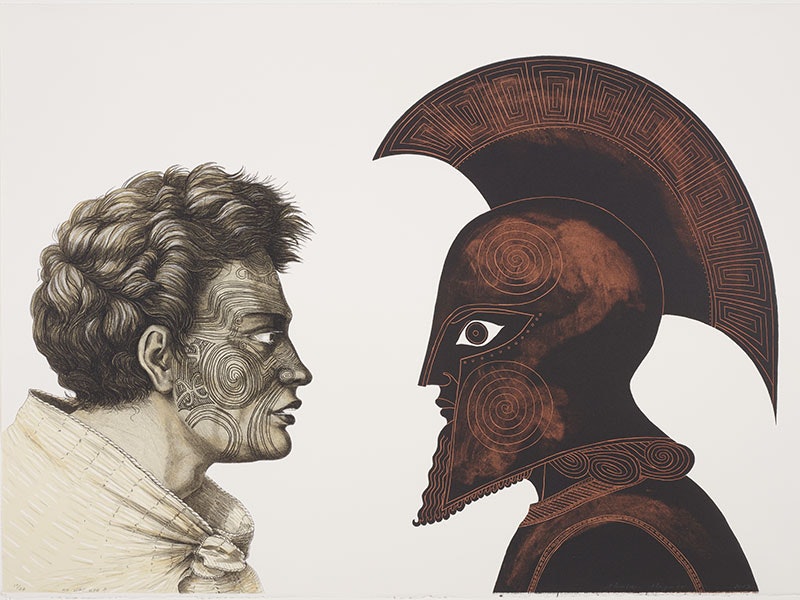
A tricultural reimagining of a bicultural exchange
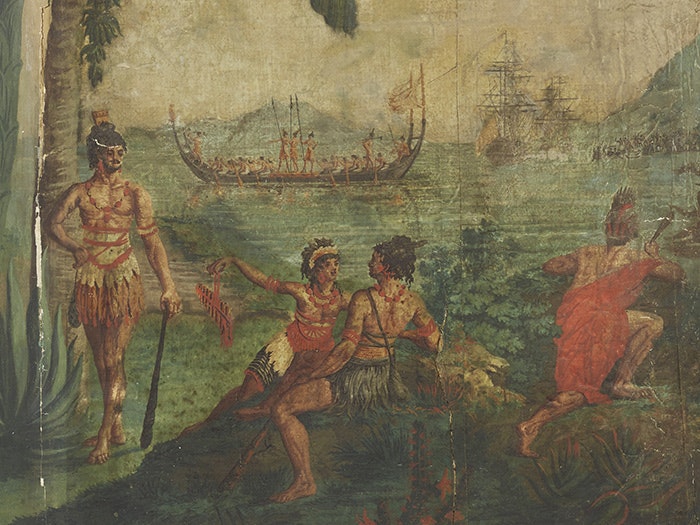
The panoramic French wallpaper, ‘Les Sauvages de la Mer Pacifique’, 1804-5, represents the intense interest in the Pacific aroused by Cook’s voyages.

A comprehensive guide to the objects associated with the voyages of James Cook held at New Zealand's National Museum
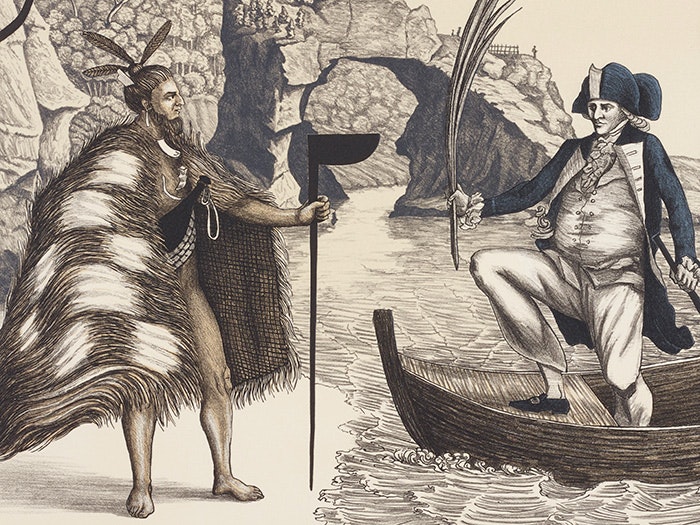
The complications of the word ‘traditional’? Why ‘reMāorification’ is a better word than ‘decolonisation’. How contemporary artists are retelling the inherited Pākehā-dominant histories of our nation. The collision of cultures. Read articles written by Te Papa staff.
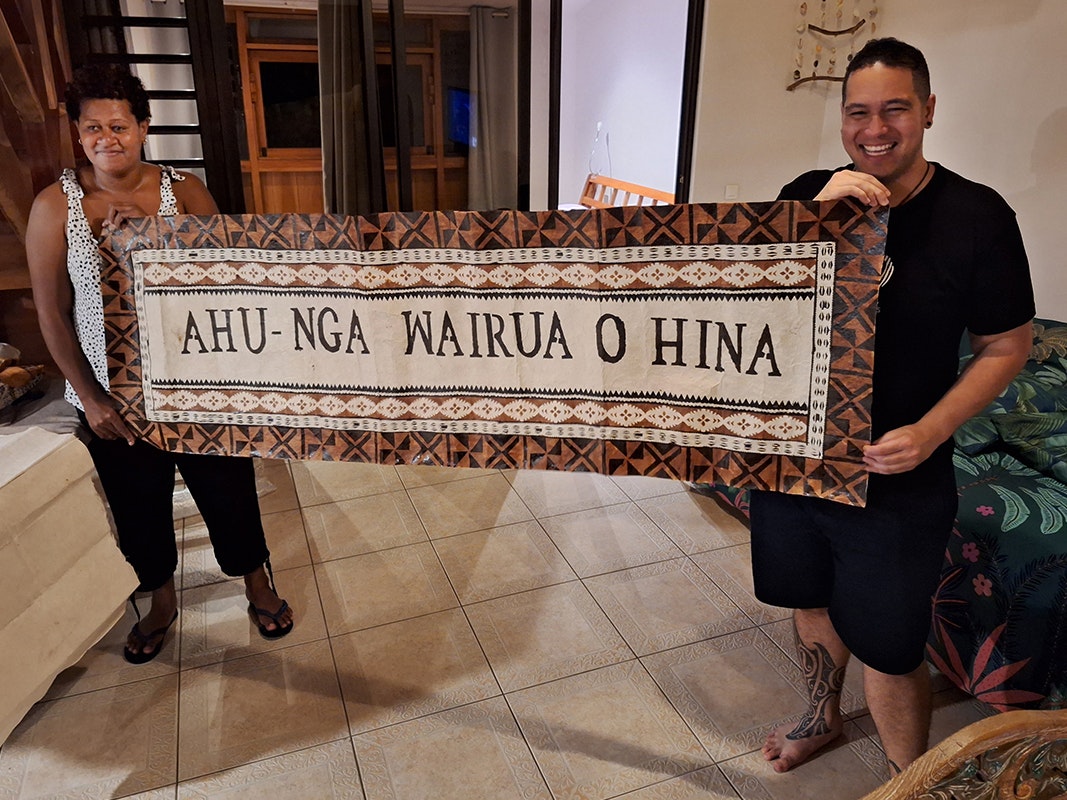
After acquiring a book of tapa samplers collected by Alexander Shaw that represents tapa-making practices from various islands in the Pacific, tapa makers, Te Papa curators, and our Senior Librarian, gathered together in Tahiti for a wānanga (workshop) to explore and respond to the samplers in the book.